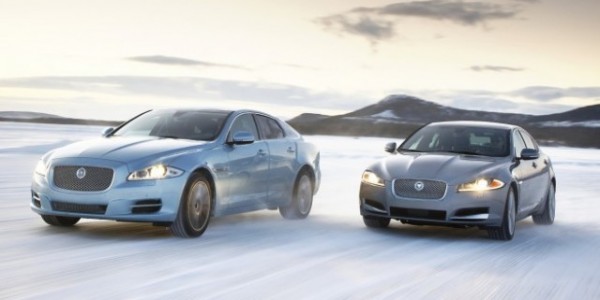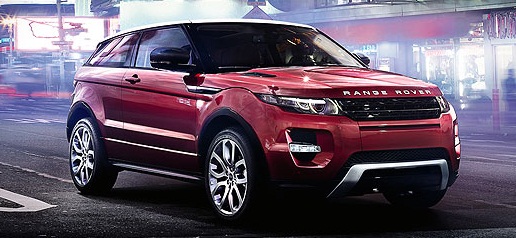Jaguar will soon launch the new all-wheel-drive versions of its XF and XJ models in selected markets. The cars will sport a AWD badge on the rear to distinguish it from rear wheel drive variants.
To develop and test the All Wheel Drive system engineers used a dedicated Jaguar Land Rover facility on the edge of the Arctic Circle. Average winter temperatures never rise above freezing, making it the ideal location to test the extreme operating conditions.
Jaguar’s engineers spent 18 months testing the system in a variety of conditions, from deep midwinter snow to spring thaw. During the All Wheel Drive testing, temperatures plunged to -38° centigrade.
An engine stop-start system is included to help improve fuel efficiency.
The All Wheel Drive can be switched between 3 modes (Normal, Winter and Dynamic) by the driver to suit the prevailing conditions. Normal Mode is the default setting on start-up while the other modes require driver selection.
Normal Mode
Preloads torque on the front wheels from 0 to 6mph/10kph to ensure safe “pull-away”. Above this speed the All Wheel Drive system senses driver inputs, vehicle speed, steering angle and braking to maximize traction and driver control. Most importantly, the system is tuned with a rear-wheel bias, so signature Jaguar performance and handling isn’t compromised. In other words, it’s all-wheel drive, but still all Jaguar.
Dynamic Mode
The All Wheel Drive system will function as in Normal Mode. However, steering and throttle responses are sharpened and adaptive dampers are stiffened (where fitted).
Winter Mode
The closest to a fixed All Wheel Drive system and optimised for low grip conditions, with strong preload torque to front wheels, Winter Mode defaults to 30:70 front-to-rear torque distribution when no wheel slip is detected. This mode should be selected in severe conditions.
The likelihood of these models making it to the Indian market seems very slim.




